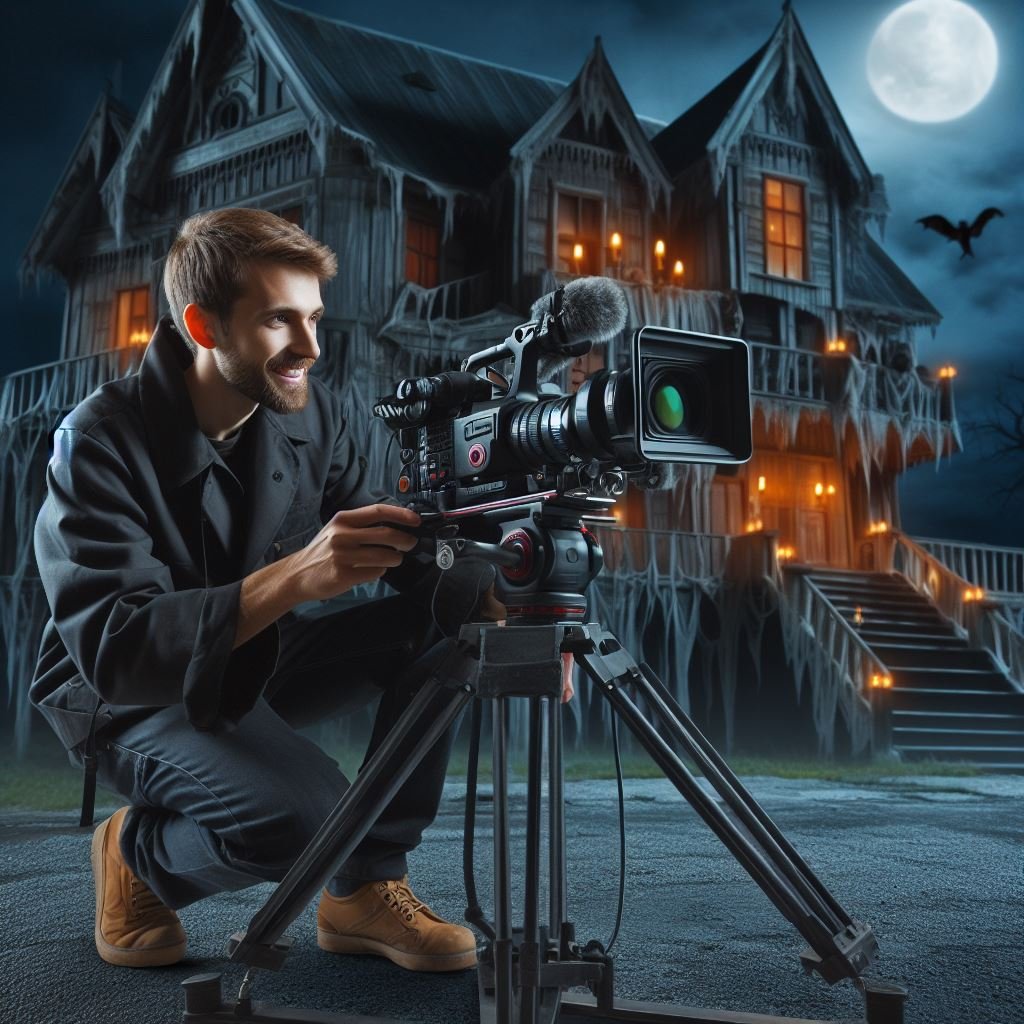Why Videography Is Essential for Haunted Attraction Promotion
Introduction
The haunted house industry is fiercely competitive. Each October, countless attractions vie for attention, aiming to captivate thrill-seekers. To distinguish your haunt, compelling marketing is crucial—and videography stands at its core.FearWorm+1darkimaginings.com+1
Video content isn’t merely supplementary; it’s a pivotal element in showcasing your attraction’s essence, building anticipation, and establishing a professional image. This article delves into the significance of videography in promoting haunted attractions and offers insights into maximizing its impact.
The Power of Visual Storytelling
Humans are inherently visual creatures. While photos capture moments, videos convey experiences. A well-crafted video immerses viewers, offering a glimpse into the spine-chilling journey your haunt provides.
Through strategic use of lighting, sound effects, music, and pacing, videos can evoke emotions—fear, excitement, curiosity—that static images or text cannot. This emotional connection can be the deciding factor for potential visitors contemplating a visit.
Enhancing Your Online Presence
Leveraging Social Media Platforms
Social media platforms prioritize video content. Facebook, Instagram, TikTok, and YouTube algorithms favor videos, increasing their visibility. By sharing engaging videos, you tap into broader audiences, encouraging shares, comments, and likes, which further amplify reach.
For instance, TikTok’s short-form videos are ideal for showcasing quick scares or behind-the-scenes snippets. Instagram Reels can highlight set designs or actor preparations. Consistent posting keeps your audience engaged and builds anticipation.
Boosting Search Engine Optimization (SEO)
Embedding videos on your website can enhance SEO rankings. Search engines recognize video content as valuable, often ranking such pages higher. Additionally, hosting videos on platforms like YouTube and linking them to your site can drive traffic and improve visibility.
Building Anticipation and Hype
Teaser videos are powerful tools for generating buzz. Short clips revealing glimpses of your attraction can pique interest without giving too much away. Behind-the-scenes footage, actor interviews, or time-lapse setups can also engage audiences, making them feel part of the process.triadmultimedia.com
Regularly updating your audience with fresh content maintains excitement. Countdown videos leading up to opening night or showcasing new features can further entice potential visitors.
Professional vs. DIY Videography
DIY Videography
For attractions with limited budgets, DIY videography is a viable option. Modern smartphones offer high-quality video capabilities. With basic equipment like tripods and user-friendly editing apps, you can produce engaging content.
Tips:
Ensure stable shots using tripods or gimbals.
Utilize natural lighting or affordable lighting setups.
Incorporate royalty-free music to set the mood.
Keep videos concise and focused.
Professional Videography
Hiring professionals can elevate your promotional content. Companies specializing in haunted attraction videography, such as Rogues Hollow Video, understand the nuances of capturing the eerie ambiance and can produce cinematic-quality trailers.
Professional videographers bring expertise in lighting, sound design, and storytelling, ensuring your attraction is presented in the best light. While it requires investment, the potential return in increased ticket sales and brand recognition can be substantial.
Best Practices for Haunted Attraction Videos
1. Keep It Concise
Attention spans are short. Aim for videos between 30 seconds to 2 minutes. Highlight key features without overwhelming viewers.Peek Pro
2. Showcase Unique Elements
Emphasize what sets your attraction apart—be it innovative scares, thematic designs, or interactive experiences.
3. Incorporate Testimonials
Featuring genuine reactions or testimonials can build trust and authenticity. Potential visitors value peer experiences.
4. Optimize for Mobile Viewing
Ensure videos are mobile-friendly, as a significant portion of users access content via smartphones. Use captions, as many watch videos without sound.
5. Include Clear Calls to Action
Guide viewers on the next steps—be it purchasing tickets, visiting your website, or following your social media channels.
Conclusion
In the realm of haunted attractions, videography is more than just a promotional tool; it’s a medium to convey the essence of your experience. Whether through DIY efforts or professional collaborations, investing in quality video content can significantly impact your attraction’s success.
By effectively showcasing your haunt’s unique features and building anticipation, you not only attract more visitors but also create lasting impressions that encourage word-of-mouth promotion.
Sources:








